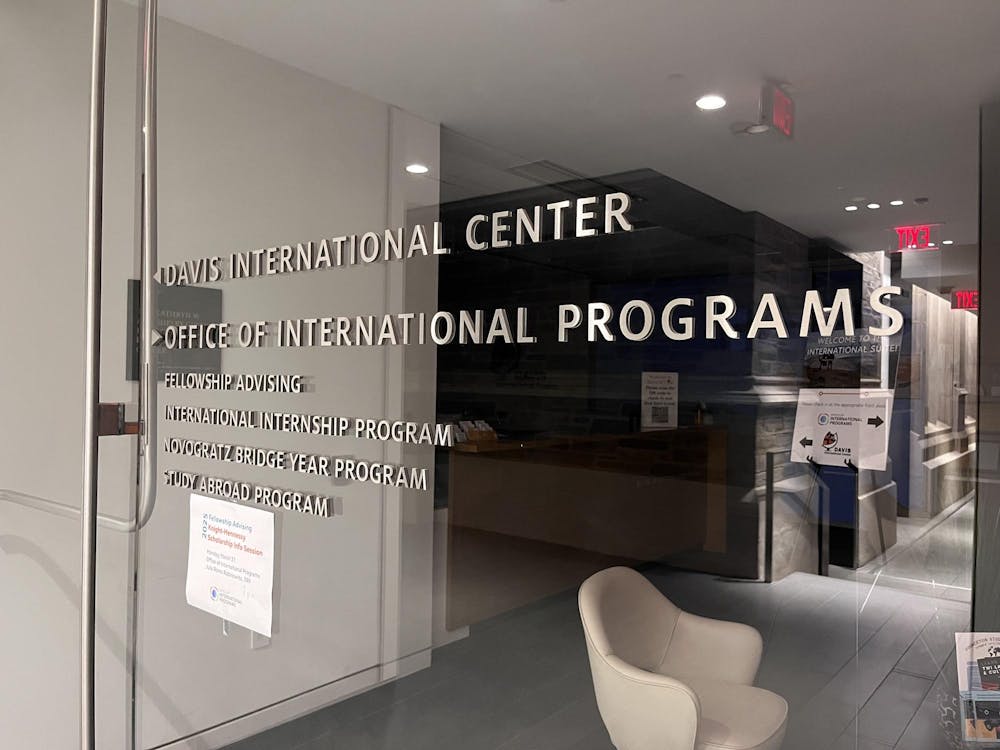Shoemaker served as director of undergraduate physics studies from 1981 to 1989. He restructured the instruction of introductory physics at the University to include demonstrations of actual physical processes to students. He also put on annual demonstrations that were popular among both faculty and graduate students.
He led the reconstruction of the University’s Palmer Cyclotron after a fire in 1952 and in the building of the Princeton-Pennsylvania Accelerator. During a leave of absence in 1968, Shoemaker became the first head of what would later be known as the Fermi National Accelerator Laboratory (Fermilab) in Batavia, Ill.
When he returned to Princeton, Shoemaker played a large role in a series of University experiments whose results reinforced the new quantum chromodynamics theory of strong interactions and the new unified theory of weak and electromagnetic interactions. He also contributed to the Princeton high-energy physics group and, after retiring from teaching, also participated in the Booster Neutrino Experiment at Fermilab.
Born in Ogden, Utah, Shoemaker attended Whitman College in Walla Walla, Wash. After graduation, he worked in the Radiation Laboratory at MIT and helped to develop radar for use in World War II. Shoemaker later received his Ph.D. in physics from the University of Wisconsin-Madison before moving to Princeton. Over the course of his career, he wrote or co-wrote more than 100 papers and articles.
Remembered for his intelligence and ability to speak candidly, Shoemaker “possessed an encyclopedic knowledge of experimental science and used it to design novel instructions for particle physics,” Dean for Research A.J. Stewart Smith GS ’66 said.
“Generations of graduate students and faculty benefited from his unselfish, ingenious contributions to their research and enjoyed working with this remarkable man,” Smith added.







